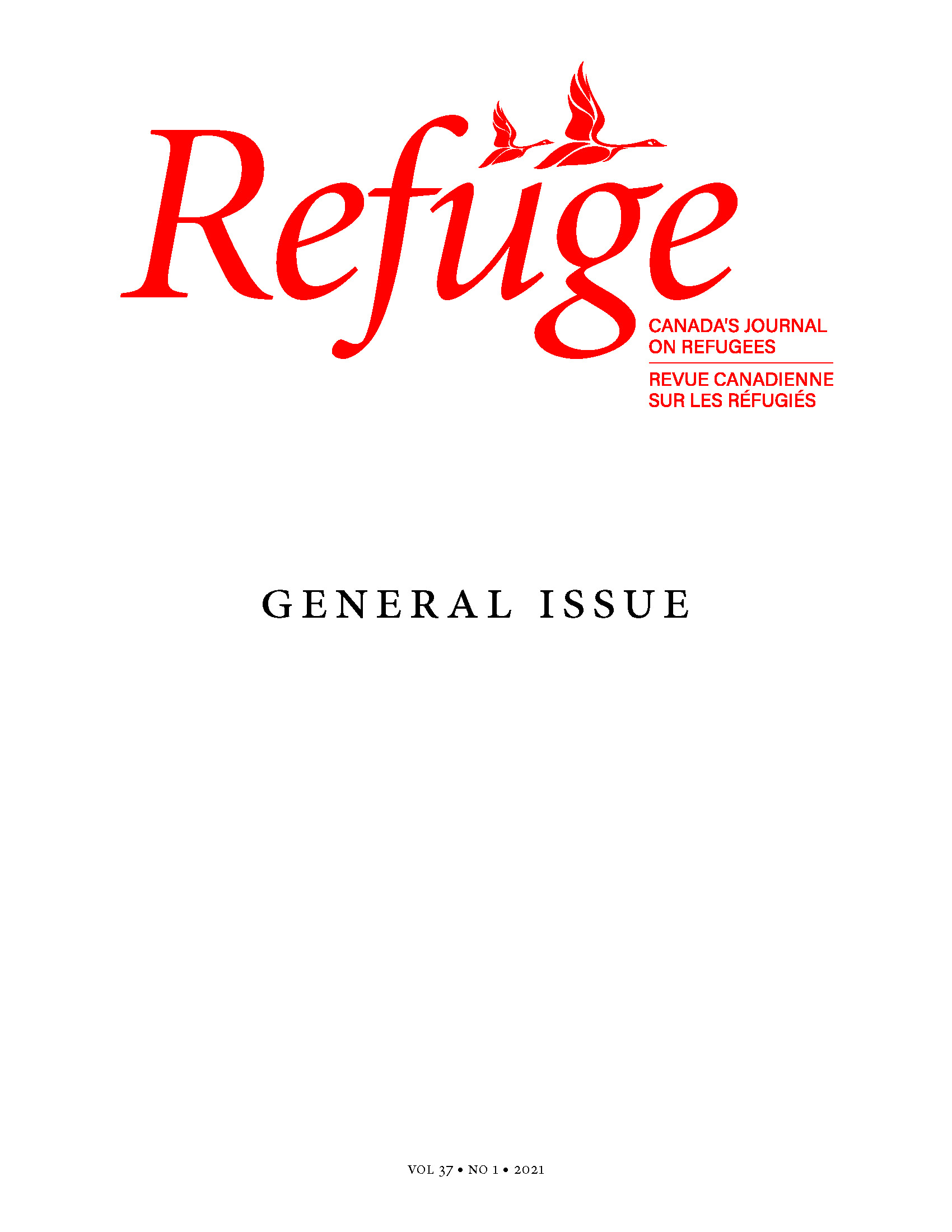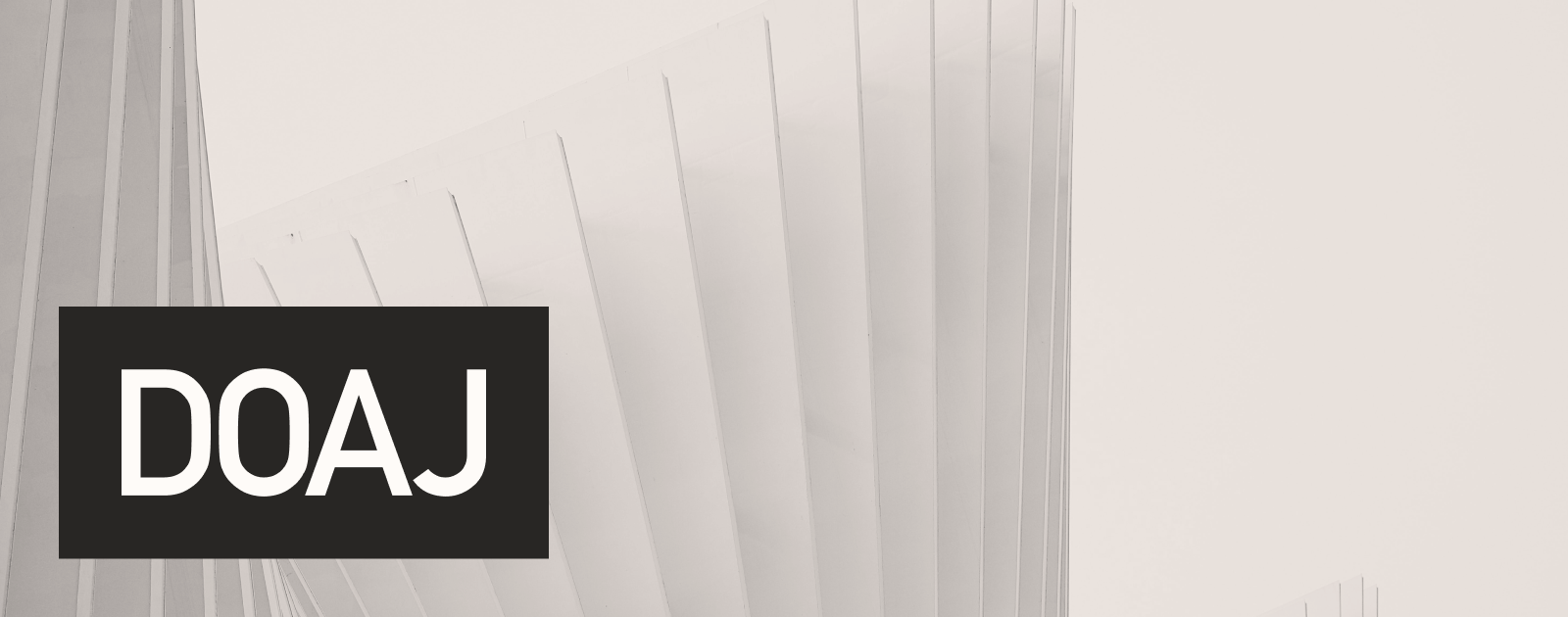The Psychosocial Condition of Syrian Children Facing a Precarious Future
DOI :
https://doi.org/10.25071/1920-7336.40654Mots-clés :
psychosocial conditions, social and political conditions, displaced people, public schools, LebanonRésumé
Cette étude examine les conditions psychosociales des enfants réfugiés syriens et des enfants libanais vulnérables dans les écoles publiques libanaises. Un sondage a été réalisé auprès d’enfants syriens et libanais et de leurs parents. Des entrevues avec le personnel scolaire ont aussi été effectuées. L’étude démontre que la pauvreté et la guerre affectent de manière égale le bien-être émotionnel des enfants, les enfants syriens et libanais manifestant des niveaux similaires d’anxiété et d’hyperactivité. Alors que le passé comporte des facteurs de stress significatifs, des facteurs de stress présents et futurs ont aussi été identifiés chez les réfugiés. Cet article critique les paradigmes d’intervention psychosociale qui mettent l’accent sur les traumatismes passés, au risque de négliger les facteurs de stress présents et futurs. L’article soutient que les conditions psychosociales des réfugiés sont interprétées indépendamment de leur pauvreté, de leur statut social subordonné et des injustices locales dont ils font l’objet.
Statistiques
Références
Abou-Saleh, M., & Mobayad, M. (2013). Mental health in Syria. International Psychiatry, 10(3), 58–60.
Alfadhli, K., & Drury, J. (2016). Psychosocial support among refugees of conflict in developing countries: A critical literature review. Intervention, 14(2), 128–141. https://www.interventionjournal.com/sites/default/files/Psychosocial_support_among_refugees_of_conflict_in.6.pdf
Atlas, M. (2009). Experiencing displacement: Using art therapy to address xenophobia in South Africa. Development, 52(4), 531–536.
Banerjee, R., McLaughlin, C., Jess, C., Roberts, L., & Peereboom, C. (2016). Promoting emotional health, well-being and resilience in primary schools. The Public Policy Institute for Wales.
Berthold, S. M. (2000). War traumas and community violence: Psychological, behavioural, and academic outcomes among Khmer refugee adolescents. Journal of Multicultural Social Work, 8(1–2), 15–46. https://doi.org/10.1300/J285v08n01_02
Betancourt, T. S., Borisova, I., Williams, T. P., Meyers-Ohki, S., Rubin-Smith, J., Annan, J., et al. (2013). Research review: Psychosocial adjustment and mental health in former child soldiers—A systematic review of the literature and recommendations for future research. Journal of Child Psychology and Psychiatry, 54(1), 17–36.
Bush, K., & Saltarelli, D. (2000). The two faces of education in ethnic conflict: towards a peace building education for children. UNICEF Innocenti Research Centre, Florence.
Fazel, M. (2018). Psychological and psychosocial interventions for refugee children resettled in high-income countries. Epidemiology and Psychiatric Sciences, 27, 117–123. https://doi.org/10.1017/s2045796017000695
Goodman, R., Meltzer, H., & Bailey, V. (1998). The Strengths and Difficulties Questionnaire: A pilot study on the validity of the self-report version. European Child and Adolescent Psychiatry, 7, 125–130. https://doi.org/10.1007/s007870050057
Government of Lebanon and UNHCR. (2019). Lebanese crisis: Response plan, 2017–2020 (2019 update). https://reliefweb.int/sites/reliefweb.int/files/resources/67780.pdf
Gupte, J., & Mehta, L. (2009). Disjunctures in labelling refugees and oustees. In R. E. Joy Moncrieffe (Ed.), The power of labelling: How people are categorized and why it matters (pp. 64–79). Earthscan.
Hassan, G., Ventevogel, P., Jefee-Bahloul, H., Barkil-Oteo, A., & Kirmayer, L. J. (2016). Mental health and psychosocial wellbeing of Syrians affected by armed conflict. Epidemiology and Psychiatric Sciences, 25, 129–141. https://doi.org/10.1017/S2045796016000044
Hobfoll, S. E. (1989). Conservation of resources: A new attempt at conceptualizing stress. American Psychologist, 44(3), 513–524. https://doi.org/10.1037/0003-066X.44.3.513
Huyck, E. E., & Fields, R. (1981). Impact of resettlement on refugee children. The International Migration Review, 15(1–2), 246–254. https://doi.org/10.1177%2F0197918381015001-225
Institute of Medicine. (2015). Psychosocial interventions for mental and substance use disorders: A framework for establishing evidence-based standards. The National Academies Press. https://doi.org/10.17226/19013
Inter-Agency Standing Committee (IASC). (2007). IASC guidelines on mental health and psychosocial support in emergency settings. IASC.
Khamis, V. (2012). Posttraumatic stress and worry as mediators and moderators between political stressors and emotional and behavioral disorders in Palestinian children. International Journal of Psychology, 47(2), 133–141. https://doi.org/10.1080/00207594.2011.598524
Khamis, V. (2015). War, religiosity, ideology and PTSD in the Middle East. In V. R. Preedy (Ed.), Comprehensive guide to post-traumatic stress disorder. Springer International Publishing.
McLoyd, V. C. (1998). Socioeconomic disadvantage and child development. American Psychologist, 53(2), 185– 204. https://doi.org/10.1037/0003-066X.53.2.185
Ministry of Education and Higher Education (MEHE). (2014). Reaching all children with education: RACE I.
MEHE. (2016). Reaching all children with education: RACE II (2017–2021).
MEHE. (2019). RACE II Fact Sheet: March 2019. http://racep-mulebanon.com/images/fact-sheet-march-2019.pdf
MEHE. (2020). Reaching all children with education: Lebanon (RACE II). http://racepmulebanon.com/index.php/featuresmainmenu-47/race2-article).
Norwegian Refugee Council. (2013). The consequences of limited legal status for Syrian refugees in Lebanon: NRC
Lebanon Field Assessment Aarsal and Wadi Khaled. Nosè, M., Ballette, F., Bighelli, I., Turrini, G., Purgato, M., Tol, W., Priebe, S., & Barbui, C. (2017). Psychosocial interventions for post-traumatic stress disorder in refugees and asylum seekers resettled in high-income countries: Systematic review and meta-analysis. PLoS ONE, 12, 1–16. https://doi.org/10.1371/journal.pone.0171030
Panter-Brick, C., Eggerman, M., Mojadidi, A., & McDade, T. W. (2008). Social stressors, mental health, and physiological stress in an urban elite of young Afghans in Kabul. American Journal of Human Biology, 20(6): 627–641. https://doi.org/10.1002/ajhb.20797
Patel, V. (2014). Rethinking mental health care: Bridging the credibility gap. Intervention 12(Supplement 1): 15–20. https://www.interventionjournal.com/sites/default/files/Patel%202014%20I%20bridging%20credibility%20gap.pdf
Pérez-Sales, P. (2013). Assessment of trauma experience, mental health and individual and community coping resources of refugee Syrian population displaced in north Bekaa (Lebanon).
Médecins du Monde—France / Médicos del Mundo—España.
Perez-Sales, P., Médecins du Monde. (2013, January 28). Assessment of trauma experiences, mental health and individual and community coping resources of refugee Syrian population displaced in north Bekaa, Lebanon.
Shuayb, M. (2016). The role of research centres in shaping education reform in Lebanon. Al Moustakbal, N443: 84–102.
Shuayb, M., Makkouk, N., & Tuttunji, S. (2014). Widening access to quality education for Syrian refugees: The role of private and NGO sectors in Lebanon. http://lebanesestudies.com/wp-content/uploads/2014/09/Widening-Access-to-Quality-Education-for-Syrian-Refugees-the-role-private-and-NGO-sectors-in-Lebanon.pdf
Turrini, G., Purgato, M., Acarturk, C., Anttila, M., Au, T., Ballette, F., & Barbui, C. (2019). Efficacy and acceptability of psychosocial interventions in asylum seekers and refugees: Systematic review and meta-analysis. Epidemiology and Psychiatric Sciences, 28(4), 376–388. https://doi.org/10.1017/S2045796019000027
United Nations. (2016). Regional refugee & resilience plan (3RP) 2015–2016: Regional strategic overview.
United Nations and Government of Lebanon. (2015). Lebanon Crisis Response Plan 2015–2016.
United Nations High Commissioner on Refugees (UNHCR). (2015). UNHCR report 2015: Lebanon crisis response plan 2015–2016. https://www.unocha.org/sites/dms/CAP/2015-2016_Lebanon_CRP_EN.pdf
UNHCR. (2013). Syria crisis: Education interrupted. http://www.refworld.org/docid/52aebbc04.html
Téléchargements
Publié-e
Comment citer
Numéro
Rubrique
Licence
© Maha Shuayb, Nader Ahmad 2021

Cette œuvre est sous licence Creative Commons Attribution - Pas d'Utilisation Commerciale 4.0 International.
Les auteurs qui publient dans Refuge conservent le droit d’auteur associé à leur œuvre, et octroient au public une licence Creative Commons Attribution - Utilisation non commerciale 4.0 International. La licence permet l’utilisation, la reproduction et l’adaptation du matériel avec attribution par tous moyens et sous tous formats pour des fins non commerciales. Pour des informations générales sur les licences Creative Commons, visitez le site Creative Commons. Pour la licence CC BY-NC 4.0, consultez le résumé lisible par l'homme.







